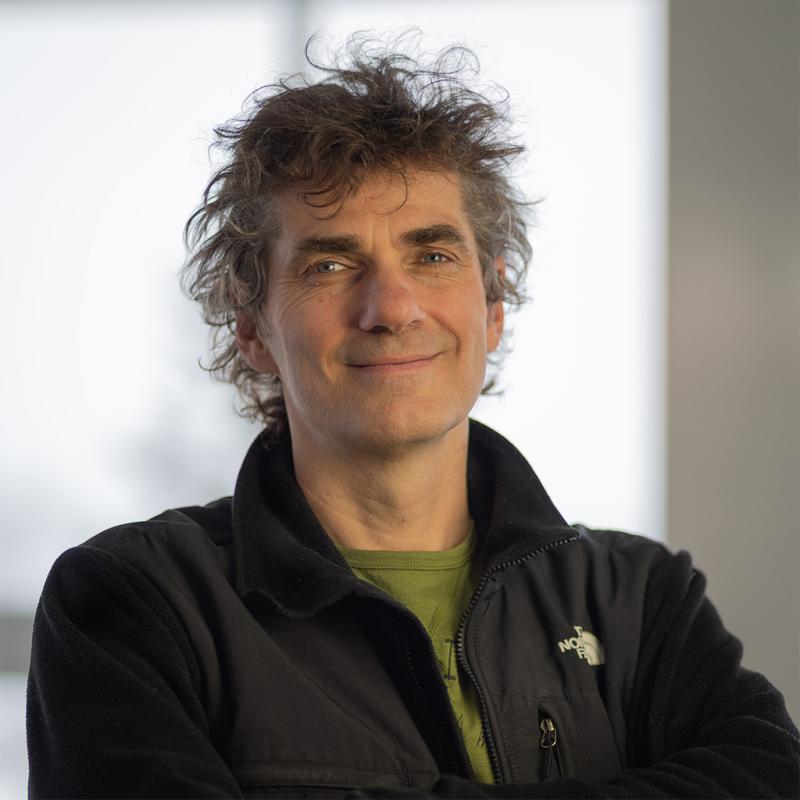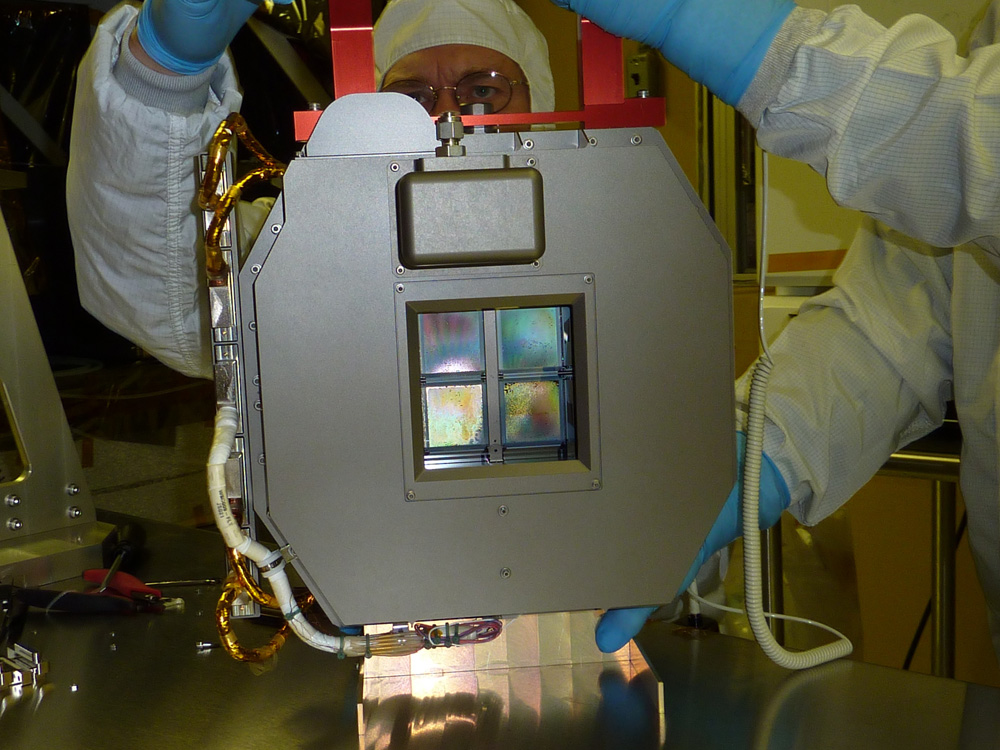UAF scientist proud of his work on Webb telescope
Rod Boyce
907-474-7185
July 18, 2022
NASA last week rolled out five images gathered by the new James Webb Space Telescope, the largest and most powerful space observatory ever built.
Gunther Kletetschka of the University of Alaska Fairbanks Geophysical Institute worked on developing the telescope’s magnetically controlled microshutters, which helped make those images possible.

Gunther Kletetschka
And he is pleased to see the telescope working as designed.
"I am so excited to see my (magnetic) arm working on JWST and feel very special that I could help this project," Kletetschka said not long after the first images were released on July 12. "There were many other people working hard on JWST.
“I am very happy that the telescope is producing these marvelous images that will solve many mysteries to come,” he said.
Kletetschka began work on the telescope team in 2003.
The telescope, launched in December 2021 on a European Space Agency rocket, is expected to be the world’s premier observatory for at least the next decade, serving thousands of astronomers and other scientists across the globe.
Kletetschka, an expert in magnetism, helped devise a mechanism to open and close any number of the 248,000
microshutters on the Webb telescope’s Near Infrared Spectrograph. That allows the telescope to acquire high-resolution images of up to 200 objects simultaneously without image clutter from other objects.

Technicians work with the James Webb Space Telescope NIRSpec microshutter array prior to delivery.
The mechanism that Kletetschka and colleagues at NASA came up with uses a slender bar magnet the width of each array. When directed to move across an array, the magnet opens all of the shutters in that array.
Each shutter flips up in its tiny compartment and is held against a sidewall by a controllable electrostatic field separate from the magnet. With all of the shutters open, scientists back on Earth decide which shutters to close by releasing the electrostatic field holding that shutter open.
“They open all of the shutters and then close the ones they don't want so they can get the desired viewing pattern,” Kletetschka said earlier this year.
That ability is a first. NASA said it will allow more scientific research to be conducted in less time.
ADDITIONAL CONTACT: Gunther Kletetschka, 907-474-7090, gkletetschka@alaska.edu
NOTE TO EDITORS: Photos are available at the Geophysical Institute website.
010-23


